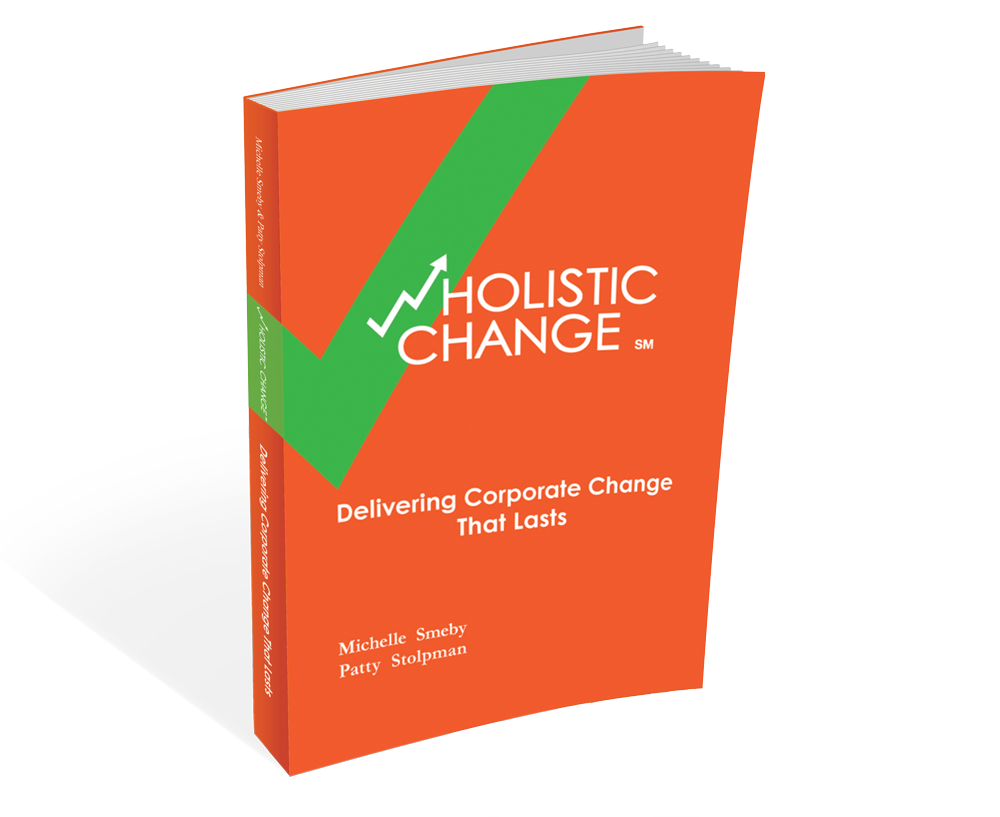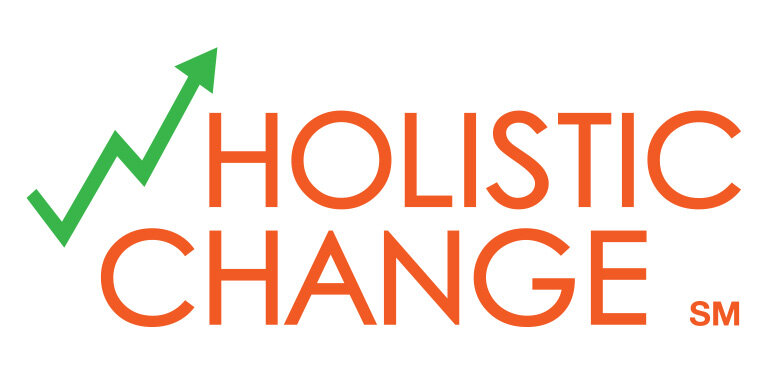Michelle just blogged about not having to make sure that everything is perfect before you move forward with instituting change. It's very hard (read as -- unrealistic) to achieve perfection, and waiting for perfection is not needed when you have set up a change that is correctable.Here are some of the key elements you need to have in place to make sure that you have correctable change:
- communication plan that reaches everybody, with a
- defined feedback loop that allows all impacted parties to provide input back to the change team, and
- sponsorship that understands corrections will be needed and is open to the ideas being surfaced through the feedback loop, with
- contingency built into the change timeline and budget to allow for the corrections to occur.
When you're formulating the change, take a close look for subtle contradictions that might have been embedded. These will likely surface later and will need corrective action.Put together your continuous improvement team early -- this doesn't have to wait until after you've already deployed. Continuous improvement can actually begin while you are still building out the change. This is a great way to establish the idea that feedback is welcomed, listened to, and acted on, early on in the effort. With feedback coming in early you can be nimble in dealing with corrections that are needed.Contingency in the change plan is huge, but not always possible -- try to allow some contingency if you can. If you can't build any contingency in before deployment because you're constrained to a specific date, then plan for some period of time after the change roll-out where you can accomodate quick corrections and make sure that everybody understands that is part of the plan.

